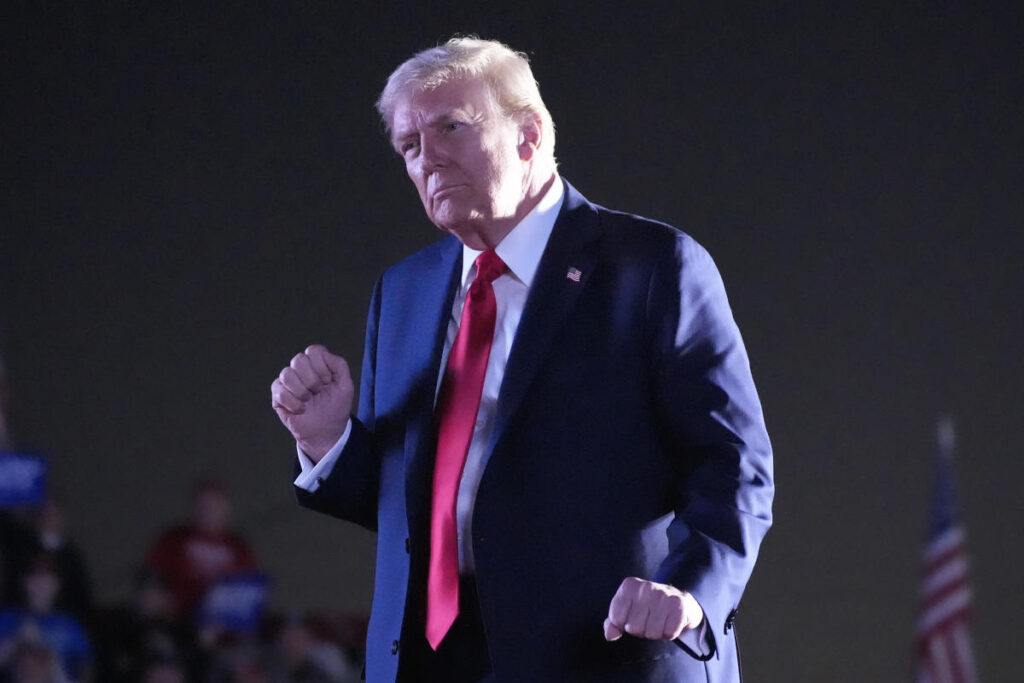In a strategic move during the closing stretch of the campaign, Donald Trump is set to return to New York for a high-profile rally at Madison Square Garden on October 27. This rally, which coincides with the critical final week before the election, marks Trump’s second event in New York City after a previous rally in the South Bronx earlier this year that attracted a diverse crowd. Trump’s campaign official revealed the details under the condition of anonymity prior to an official announcement, highlighting the importance of this event as Trump aims to consolidate support in what has traditionally been a Democratic stronghold.
Trump’s announcement at a rally in Scranton, Pennsylvania, underscored his ambition to capture attention in regions where Democrats typically dominate. Despite losing New York by over 20 percentage points in previous elections, Trump remains optimistic about his chances, asserting his belief that a robust campaign could sway voters. “We have some very big ones coming. We just rented Madison Square Garden. We’re going to make a play for New York,” he declared, signaling his ongoing commitment to appeal to New Yorkers even as he acknowledges the uphill battle he faces.
In addition to the rally in New York, Trump outlined plans for further events in states that are pivotal to his campaign strategy, notably Atlanta, Georgia, and New Jersey. His campaign has been characterized by a blend of visits to battleground states like Pennsylvania and North Carolina, coupled with stops in less competitive locales. This dual strategy aims to reinforce his presence in states where support is critical, alongside making bold statements in states where he aims to challenge the Democratic dominance.
This week, Trump’s travels will include a visit to Aurora, Colorado—a city currently embroiled in controversy due to claims surrounding an influx of migrants and issues related to local crime. While he aims to harness community concerns, perceptions of Aurora have been shaped by sensationalized narratives about a Venezuelan gang allegedly taking control of properties in the area. Trump has capitalized on these claims, promising to deploy federal resources should he regain the presidency, thus framing the situation as part of his broader immigration and law enforcement agenda.
Following the rally in Aurora, Trump’s campaign will stretch to Coachella, California, a city emblematic of the political challenges he faces in traditionally blue states. Trump’s previous losses in California by significant margins underscore the obstacles he must overcome in gaining traction among its voters. Yet, his focus on California reflects a broader strategy to galvanize support in Democratic-leaning areas, coupled with high-profile events designed to attract media attention and engage potential supporters.
As the campaign intensifies, Trump emphasizes not only his rallies in New York but also his intent to target other historically Democratic regions, including New Jersey, Virginia, New Mexico, and Minnesota. His approach seeks to redefine expectations in these states, while simultaneously fostering enthusiasm among his bases. By holding these rallies, Trump aims to energize his supporters and demonstrate that, despite past shortcomings, his campaign can still ignite interest and potentially reshape the electoral landscape as the election approaches.

